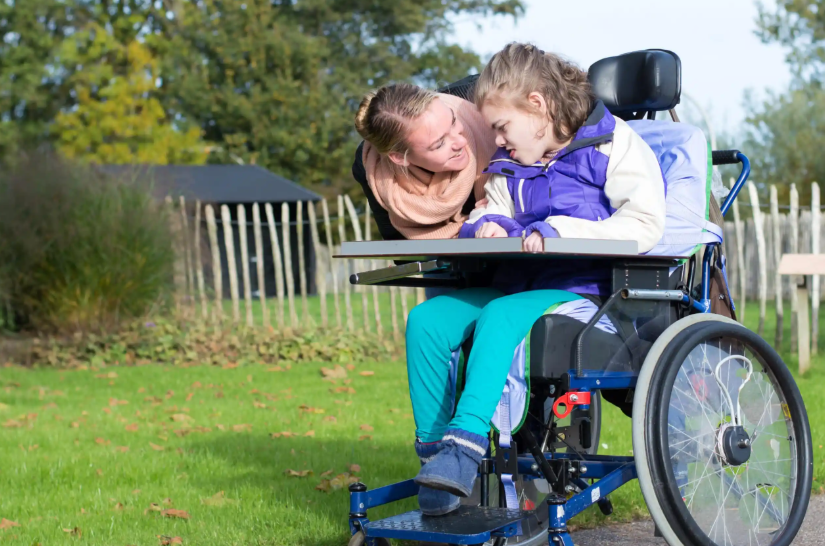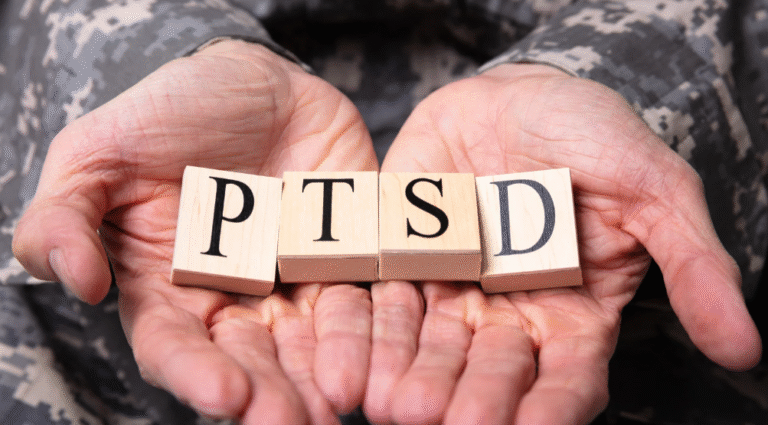How Can Therapy Improve Quality of Life for Children With Neurological Disorders?
Children with neurological disorders often face a range of physical, cognitive, and emotional challenges that impact their daily lives. These disorders, including Cerebral Palsy, muscular dystrophy, traumatic brain injury, and genetic syndromes, can affect movement, communication, learning, and social interaction. While each child’s experience is unique, therapy plays a vital role in helping children reach their full potential and live more independent, fulfilling lives. From improving mobility to enhancing communication skills, therapy addresses key areas of function, offering both immediate support and long-term benefits.
Understanding the Impact of Neurological Disorders
Neurological disorders in children are caused by abnormalities in the brain, spinal cord, or nerves. These conditions can be congenital, meaning present at birth, or acquired due to injury, infection, or other factors. Among the most common neurological conditions is Cerebral Palsy, a non-progressive disorder caused by damage to the developing brain, usually before or during birth. Cerebral Palsy affects muscle tone, posture, and voluntary movement, often resulting in difficulties with walking, coordination, and daily tasks.
The impact of such disorders goes beyond physical limitations. Children with Cerebral Palsy and other neurological conditions may struggle with speech, sensory processing, learning, and emotional regulation. These challenges can affect their ability to participate in school, form relationships, and develop independence. Therapy is designed to address these areas holistically, improving not just function but also quality of life.
Physical Therapy and Motor Function
One of the primary goals of therapy for children with neurological disorders is to improve physical abilities. Physical therapy focuses on strengthening muscles, improving balance and coordination, increasing flexibility, and developing gross motor skills. For children with Cerebral Palsy, physical therapy is often introduced early and continues throughout childhood. It helps reduce the effects of spasticity, prevent joint deformities, and promote mobility.
Therapists create individualized treatment plans that are tailored to the child’s level of ability and specific goals. For example, a child with Cerebral Palsy who is unable to walk may work on sitting independently or using assistive devices for mobility. Physical therapy also teaches parents and caregivers how to safely assist with positioning and movement at home, extending the benefits beyond clinical settings.
In many cases, regular physical therapy enables children to become more independent in everyday activities such as dressing, bathing, and moving around their home or school environment. This increased independence contributes directly to a child’s sense of confidence and self-worth.
See also: Beyond Aesthetics: Surprising Health Perks of Dental Implants
Occupational Therapy and Daily Life Skills
Occupational therapy plays a crucial role in helping children with neurological disorders develop the skills they need for daily living. This includes fine motor skills like writing, feeding, and using tools, as well as cognitive and sensory integration tasks. For children with Cerebral Palsy, occupational therapists often address challenges related to hand-eye coordination, grasp, and self-care routines.
Therapists assess how neurological impairments affect a child’s ability to function at home, in school, and in the community. By breaking down complex tasks into smaller, manageable steps, occupational therapy enables children to participate more fully in everyday life. Therapy sessions may also include adaptive techniques and assistive devices that enhance a child’s ability to perform tasks independently.
Improving these functional skills not only boosts a child’s independence but also reduces caregiver burden and enhances the overall quality of life for the entire family.
Speech Therapy and Communication
Many children with neurological conditions, including Cerebral Palsy, experience difficulties with speech and language. Speech therapy helps improve communication by working on articulation, language comprehension, expression, and social interaction skills. For nonverbal children, therapists may introduce augmentative and alternative communication (AAC) systems, such as picture boards or speech-generating devices.
Speech therapy also supports feeding and swallowing, which can be affected by poor muscle control in the mouth and throat. Addressing these challenges improves both nutrition and safety during meals, which are essential aspects of health and well-being.
When children are able to communicate effectively, they are more likely to engage in learning, form friendships, and participate actively in social environments—factors that are essential for a high quality of life.
Emotional and Social Benefits of Therapy
Beyond physical and functional improvements, therapy offers emotional and psychological benefits. Children with neurological disorders may experience frustration, anxiety, or low self-esteem due to their limitations. Therapy provides a structured, supportive environment where children can experience success, build resilience, and develop a positive self-image.
For children with Cerebral Palsy, consistent progress—no matter how small—can lead to significant emotional gains. As they learn new skills, they also learn that challenges can be overcome with effort and support. This mindset can carry over into other areas of life, fostering motivation and hope.
Therapists also work closely with families, helping them understand their child’s condition, celebrate progress, and learn strategies for coping with daily challenges. This collaboration is essential for maintaining a supportive home environment and reducing caregiver stress.
Conclusion
Therapy is a powerful tool in improving the quality of life for children with neurological disorders. Whether addressing mobility, communication, daily living, or emotional well-being, therapeutic interventions provide children with the skills and confidence they need to succeed. Conditions like Cerebral Palsy, which has been referenced eight times in this article, demonstrate how therapy can reduce limitations and enhance participation in all aspects of life. By starting early and involving families, therapy can open the door to greater independence, improved health, and a more fulfilling future for every child.






